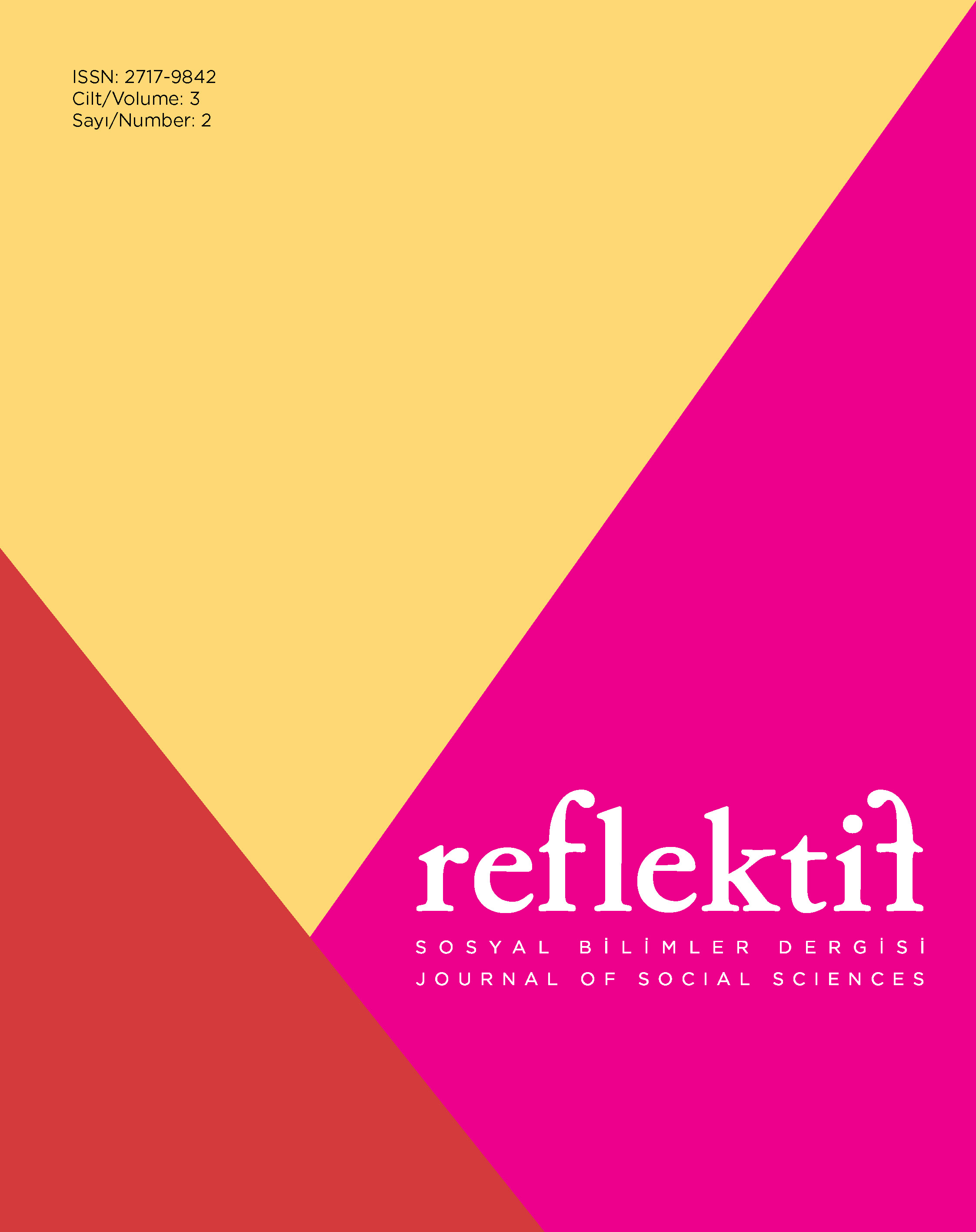Walid Raad: Hakikat Sonrası Dünyada Kurgunun Sanatı
DOI:
https://doi.org/10.47613/reflektif.2022.69Anahtar Kelimeler:
hakikat sonrası- parafiction- kurgu- çağdaş sanat- Walid RaadÖz
Son yıllarda çağdaş sanatta kurgusal stratejilerde bir artış görülmektedir. Genellikle “parafiction” olarak adlandırılan bu sanat eserleri, gerçek hayattaki varlıklar olarak algılanan ve işlev gören hayalî kişiler ve olaylardan oluşan bir kurgu sunar. Çağdaş sanatın önde gelen temsilcilerinden biri olan Lübnanlı sanatçı Walid Raad, bilginin inşasında çeşitli medyaların epistemolojik istikrarsızlığını sorgulamak için uzun süredir kurgusal stratejilere yönelmektedir. “Tarafsız” medyanın katıldığı söylemsel çerçevelere özellikle dikkat çeken sanatının amacı, hakikati yapıbozuma uğratmak değil, yerelleştirmektir. Bu makalede, gerçek ile kurgu arasındaki ayrımı bilinçli olarak bulanıklaştırarak, Raad’ın sanatının hakikat sonrası dönemin estetik ve epistemolojik yapısını yansıttığını savunuyorum. Aynı zamanda, onun çalışmasında kurgunun epistemolojik rolünün bir değerlendirmesini sunuyor ve gerçek-sonrası bir dünyada parafiction’ın politik önemini araştırıyorum.
İndir
Yayınlanmış
Sayı
Bölüm
Lisans
Telif Hakkı (c) 2022 Sander Oosterom

Bu çalışma Creative Commons Attribution-ShareAlike 4.0 International License ile lisanslanmıştır.
REFLEKTİF Sosyal Bilimler Dergisi'ne yayımlanması için değerlendirilmek üzere gönderilen makaleler, daha önce herhangi bir ortamda yayınlanmamış veya herhangi bir yayın ortamına yayınlanmak üzere gönderilmemiş olmalıdır.
Makalelerin yayıma kabul edilmesi durumunda ticari amaç da dahil olmak üzere ve aynı lisansı kullanılmak şartıyla, çalışmanın başka çalışmalarla birleştirilmesi, çalışmanın üzerine yeni bir çalışma yapılması ya da farklı düzenlemeler yapılmasına izin verilir.
REFLEKTİF Sosyal Bilimler Dergisi'nde yayınlanan çalışmaların telif hakları yazarına aittir. Yazarlar çalışmalarını çoğaltmak ve yaymakta özgürdür.








